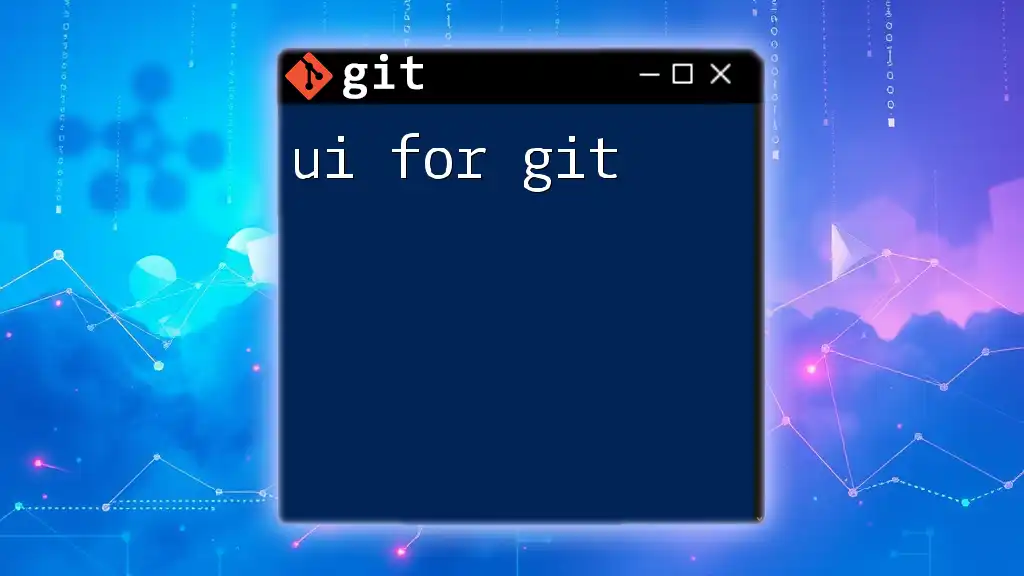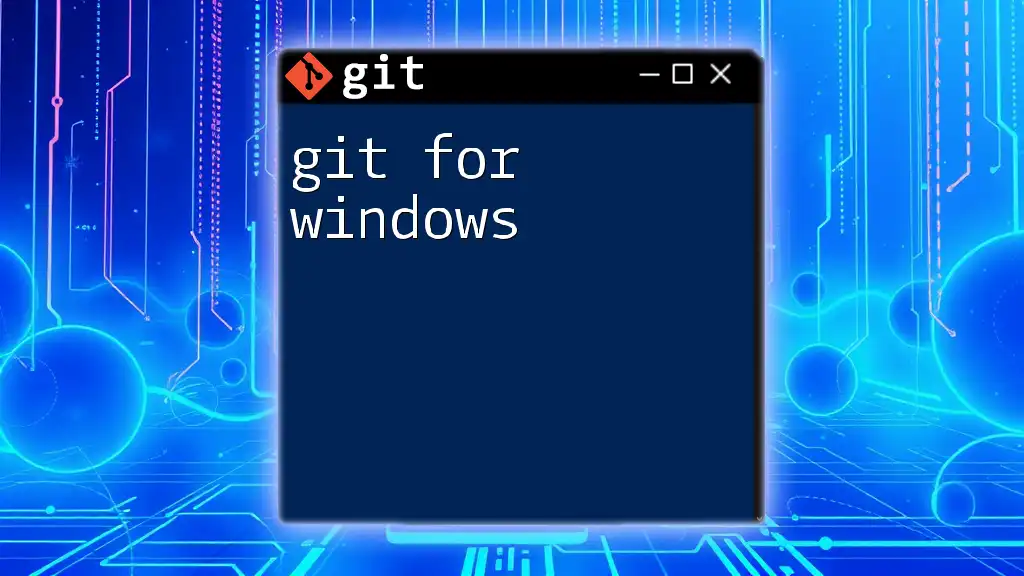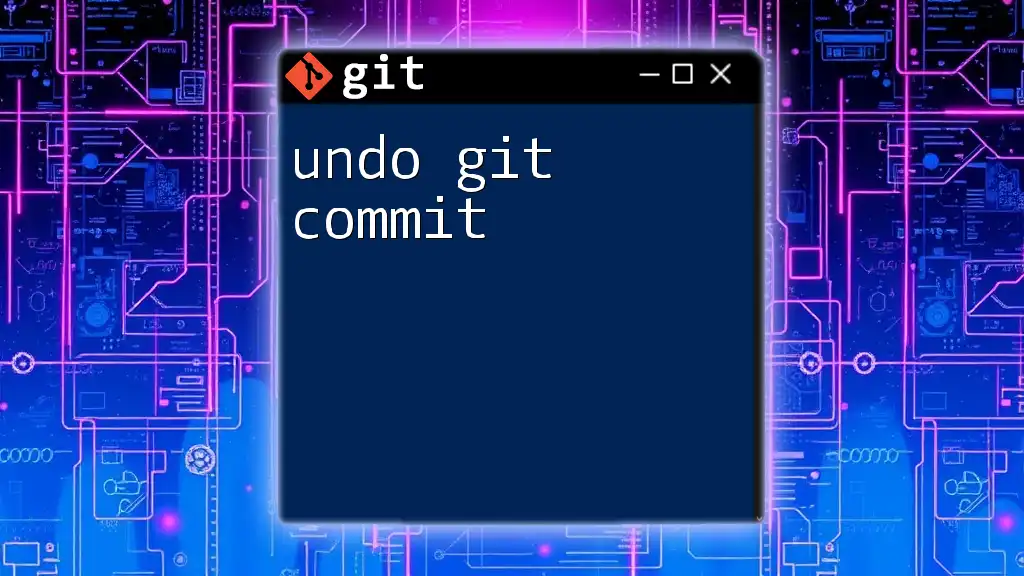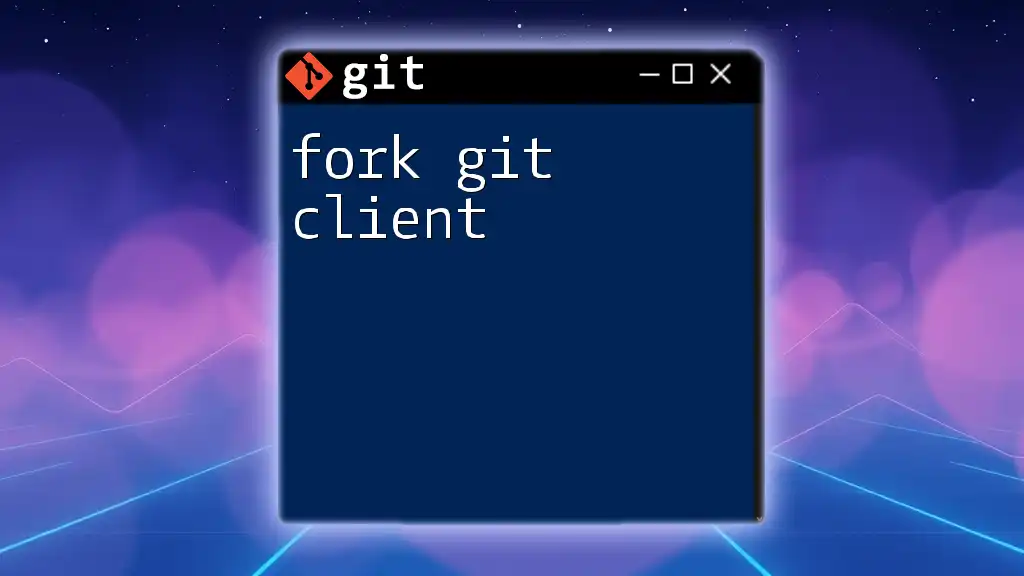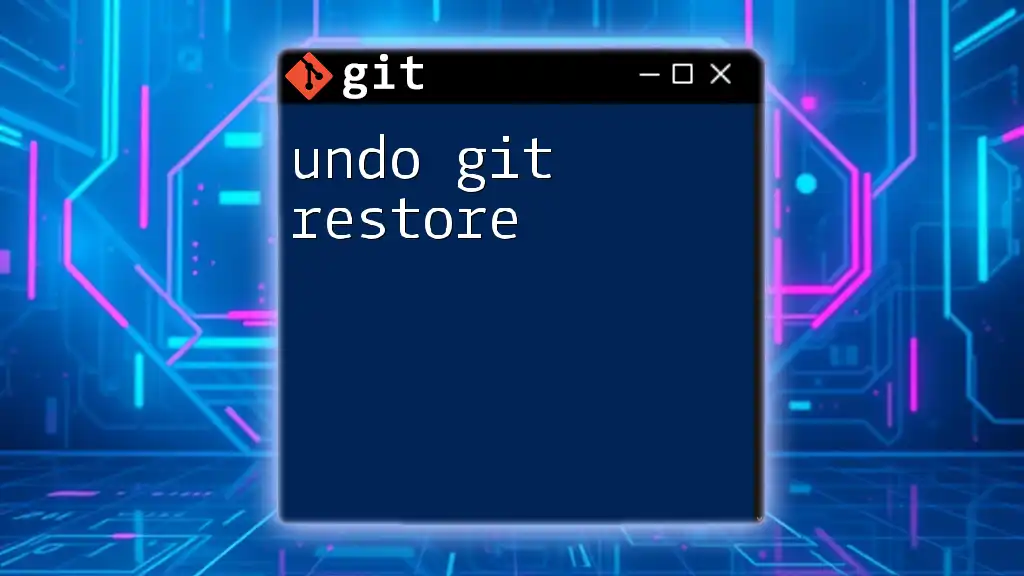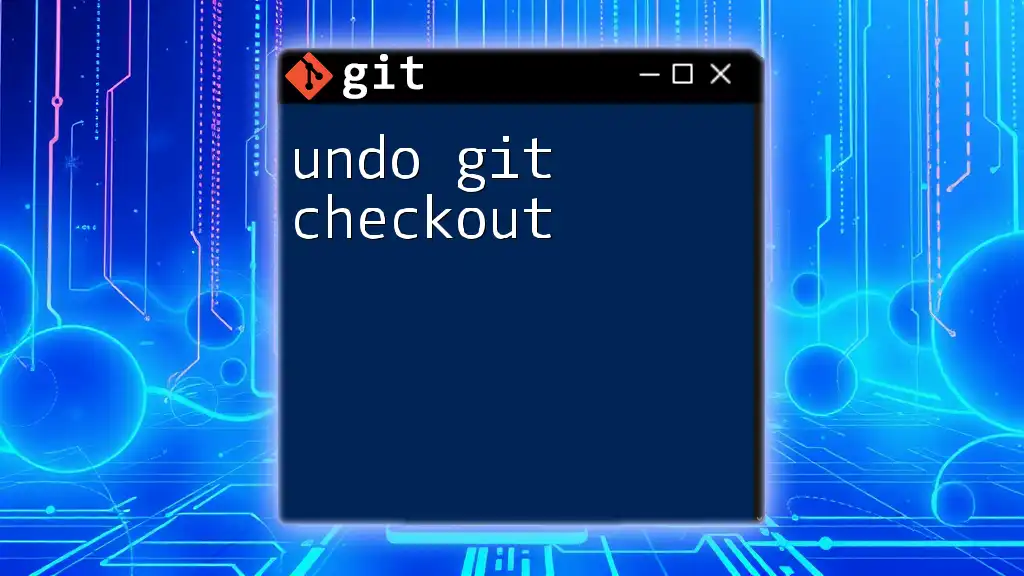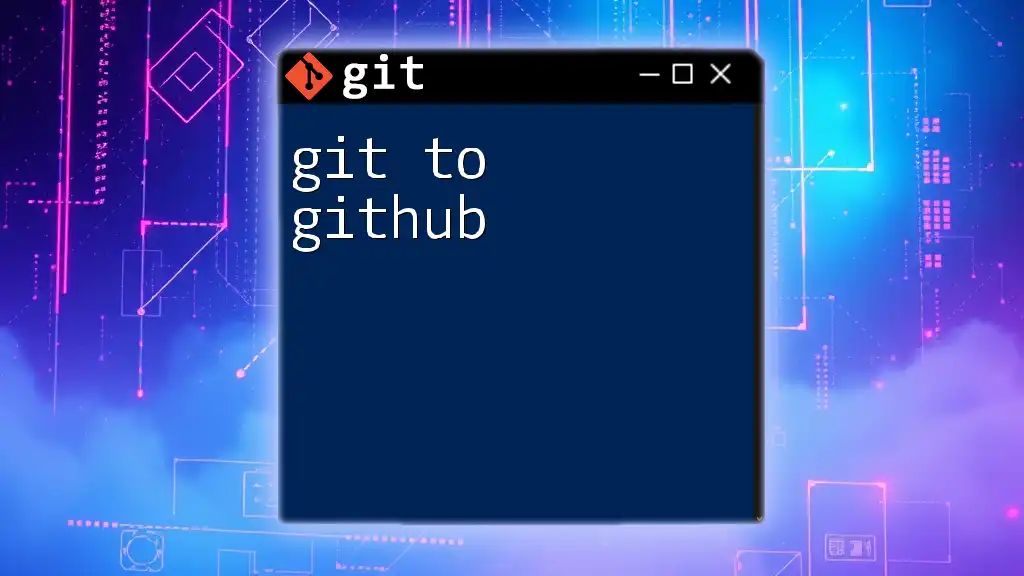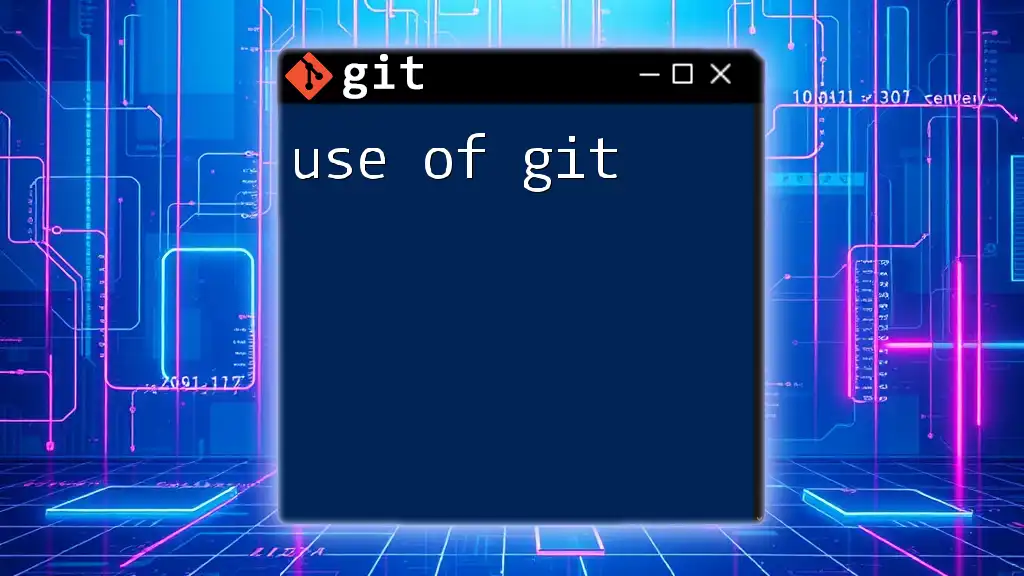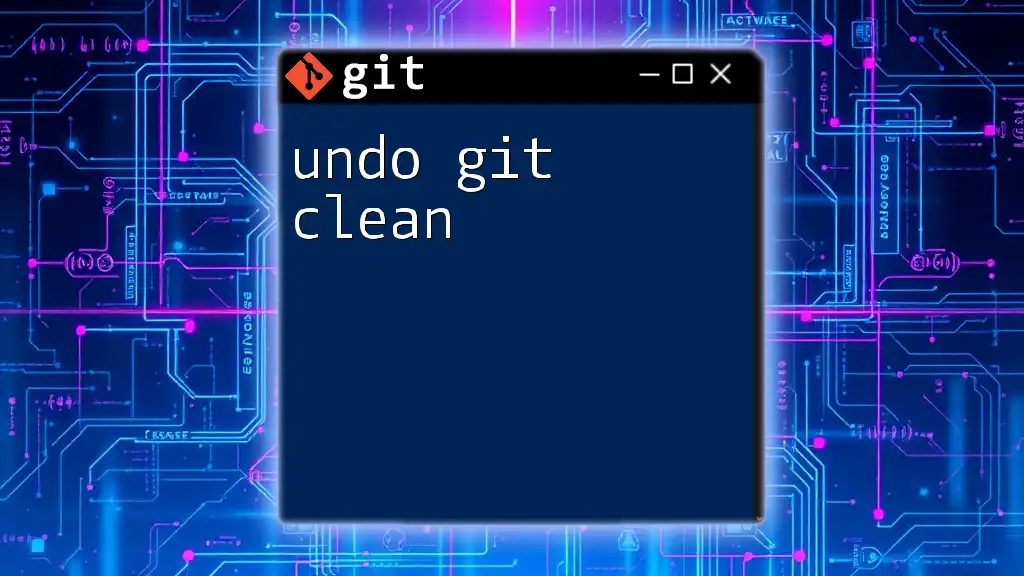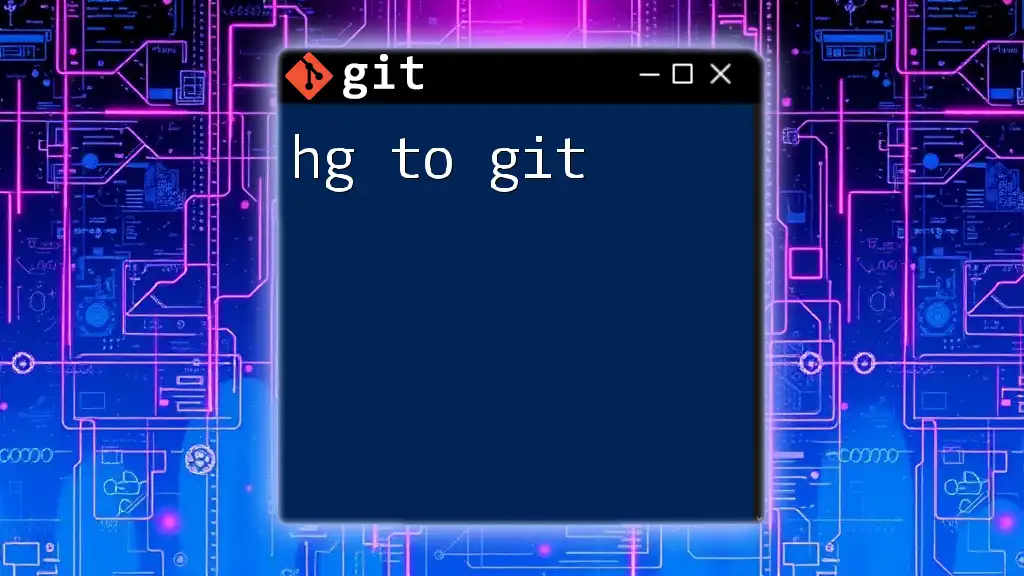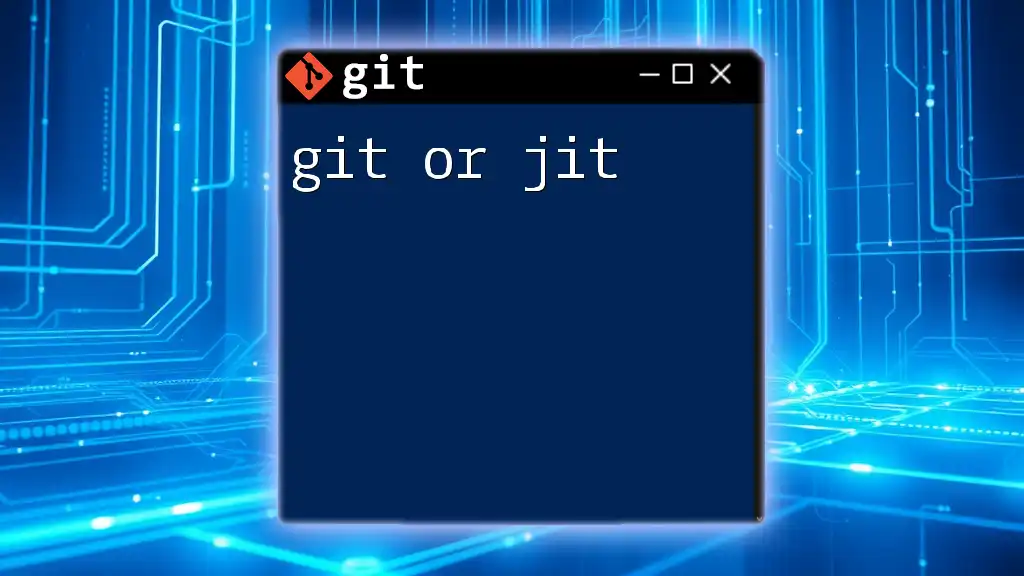A user interface (UI) for Git simplifies the version control experience by providing visual elements that enhance usability while managing repositories and executing Git commands.
Here's an example of a common Git command to initialize a new repository using the command line:
git init my-repo
Understanding Git User Interfaces
What is a Git GUI?
A Git GUI is a graphical user interface designed to simplify and enhance the interaction with Git repositories. While the command line interface (CLI) requires users to memorize dozens of commands, a Git GUI provides a more intuitive and visually engaging way to manage source control.
The fundamental difference between Git GUIs and CLI is in the user experience. GUIs present Git commands and functionalities in a visual format, making it easier to understand actions like committing changes, merging branches, and resolving conflicts without needing to recall specific syntax.
Using a Git GUI can enhance productivity, especially for those who might find the CLI daunting. The visual representation of data and operations makes Git more accessible to users of all skill levels, allowing them to focus on development rather than the intricacies of command syntax.
Popular Git GUIs Available
When considering a Git GUI, users have a variety of clients to choose from, each with unique features suited for different needs. Here are some of the most popular Git GUI clients:
-
Sourcetree: This free Git client provides a comprehensive set of tools to visualize repositories, manage branches, and merge changes. Users appreciate its clean interface and powerful features that allow for easy navigation through complex project histories.
-
GitKraken: Known for its visually appealing design and intuitive layout, GitKraken simplifies collaboration with built-in issue tracking. Its drag-and-drop functionality makes it easy to manage branches, visualize merges, and eliminate merge conflicts.
-
GitHub Desktop: Ideal for GitHub users, GitHub Desktop integrates seamlessly with repositories on the platform. Users benefit from its simple interface that allows for easy cloning, committing, and syncing with GitHub over HTTPS or SSH.
-
Visual Studio Code Git Integration: Many developers prefer using Visual Studio Code due to its extensibility. The built-in Git integration allows users to perform Git operations directly within their coding environment, streamlining their workflow.
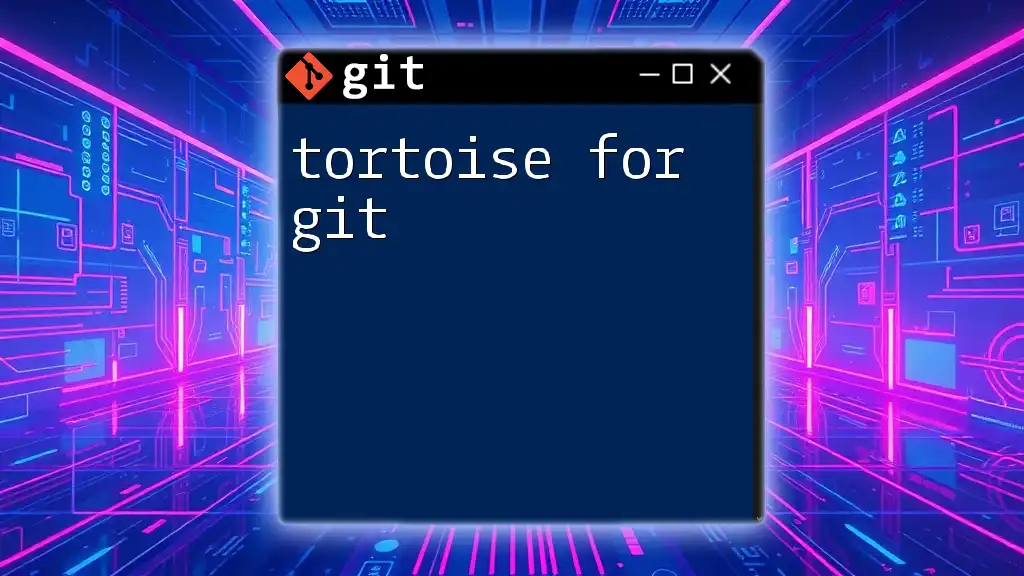
Key Features of Git GUIs
Visual Representation
One of the most significant advantages of using a Git GUI is visualizing branches and merges. By providing visual graphs and charts, GUIs help users quickly grasp the relationships between branches, making it easier to understand project structure over time.
For example, a typical Git GUI display may show a branching diagram where users can see how many branches exist, what changes have been made in each, and how they interconnect.
Simplified Workflow
The GUI significantly simplifies complex Git operations, reducing the mental load required when using the CLI. For instance, committing changes can be done with just a couple of clicks in a GUI.
Consider the following CLI command for committing changes:
git add .
git commit -m "Your commit message"
In contrast, using a GUI involves selecting files to stage, entering a commit message in a text box, and clicking the commit button—making the process much smoother for beginners.
Conflict Resolution
Git GUIs also greatly facilitate conflict resolution, an area where many users experience difficulty. A graphical representation of merge conflicts can help users easily identify the files in contention, see differences side-by-side, and choose the preferred changes. This functionality reduces the fear associated with merging branches and helps maintain project integrity.
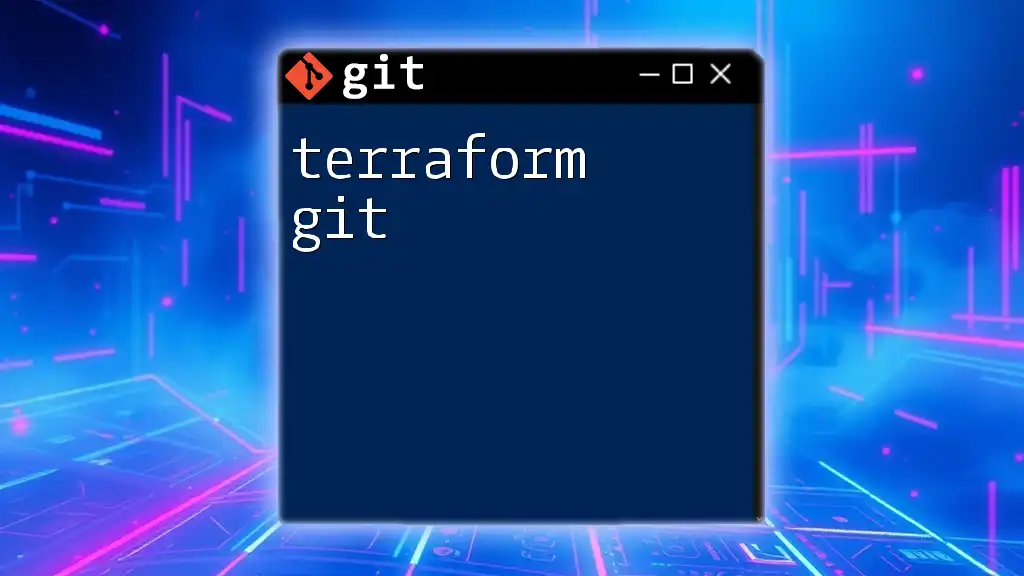
Getting Started with Git GUIs
Installing a Git GUI
To begin using a Git GUI, the first step is installing one. Let's consider Sourcetree as an example. Installation is straightforward across platforms such as Windows and macOS. Download the installer from the official website, and follow the on-screen instructions to complete the setup.
Configuring Your Git GUI
Once installed, configuring your Git GUI involves connecting it to your Git account and repositories. Depending on the GUI chosen, you will typically need to authenticate with your Git service provider (like GitHub or Bitbucket) and set up user preferences. Most GUIs offer customizable settings, such as default text editor or preferred branch style.
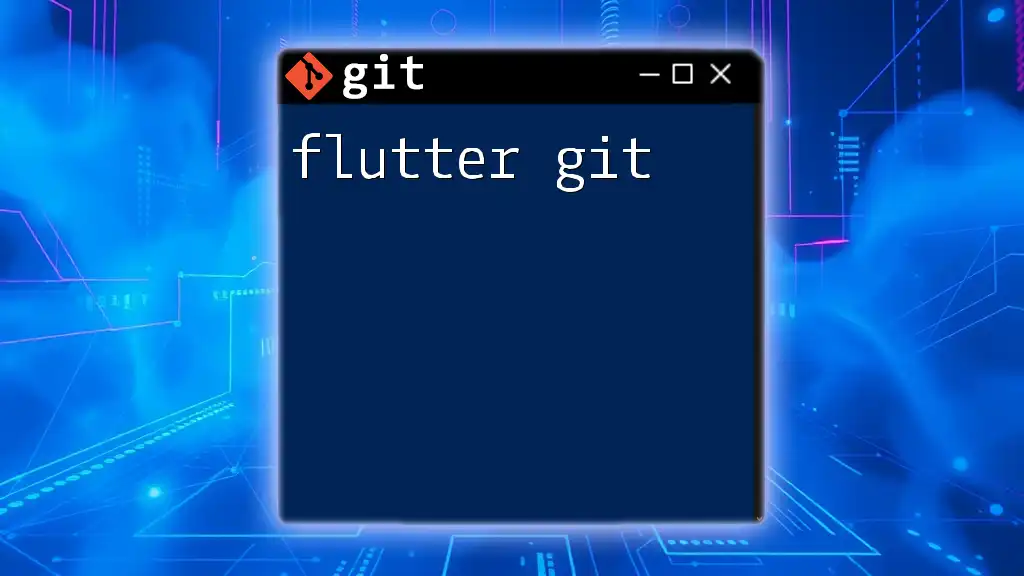
Navigating Your First Project With a Git GUI
Creating a New Repository
Creating a new repository is a seamless process in a Git GUI. Users can navigate to the repository tab and click on "Create New Repository." After choosing a directory on their local machine and setting the desired name, a new repository can be created with a few simple clicks.
Cloning an Existing Repository
Cloning a repository from platforms like GitHub or Bitbucket is also quick. Users need to copy the repository URL and paste it into the designated area within the GUI. The interface will guide users through the cloning process, ensuring they have a local copy of the latest code.
Managing Changes
Staging and Committing Changes
Staging changes in a Git GUI involves selecting files to stage with a checkbox or drag-and-drop functionality. Once staged, users can input their commit message in the provided text field before clicking the “Commit” button to save their changes to the local repository.
Creating and Managing Branches
Branching is one of the central concepts in Git, and GUIs make it simpler to handle. To create a new branch, users can click the "Create Branch" button, name their branch, and the GUI will manage the necessary Git commands in the background.
Switching between branches becomes equally uncomplicated. With just a click, users can change branches without needing to remember or type the necessary CLI commands.
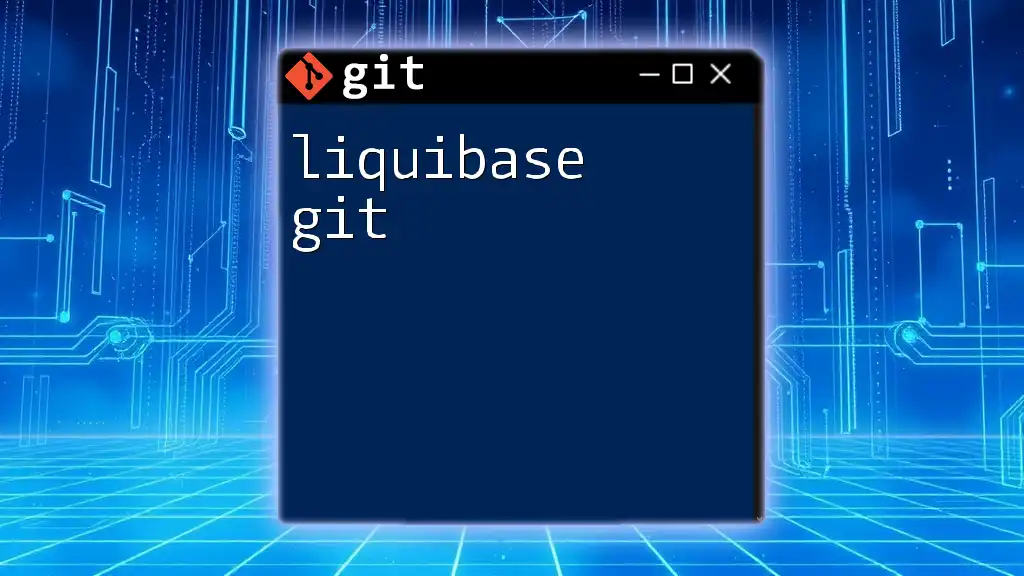
Advanced Features of Git GUIs
Integration with Issue Tracking Tools
Many Git GUIs offer integration with issue tracking tools, such as Jira or Trello. This integration allows users to manage tasks directly within their Git workflow, creating a more streamlined development process. It helps in associating commits with specific tasks or issues, ensuring traceability.
Using Built-in Terminal
Most modern Git GUIs also provide a built-in terminal feature. This allows users to execute Git commands directly from the GUI while still having access to the familiar CLI interface. It’s an excellent option for users who want the visual advantages of a GUI while having the flexibility to type commands when needed.
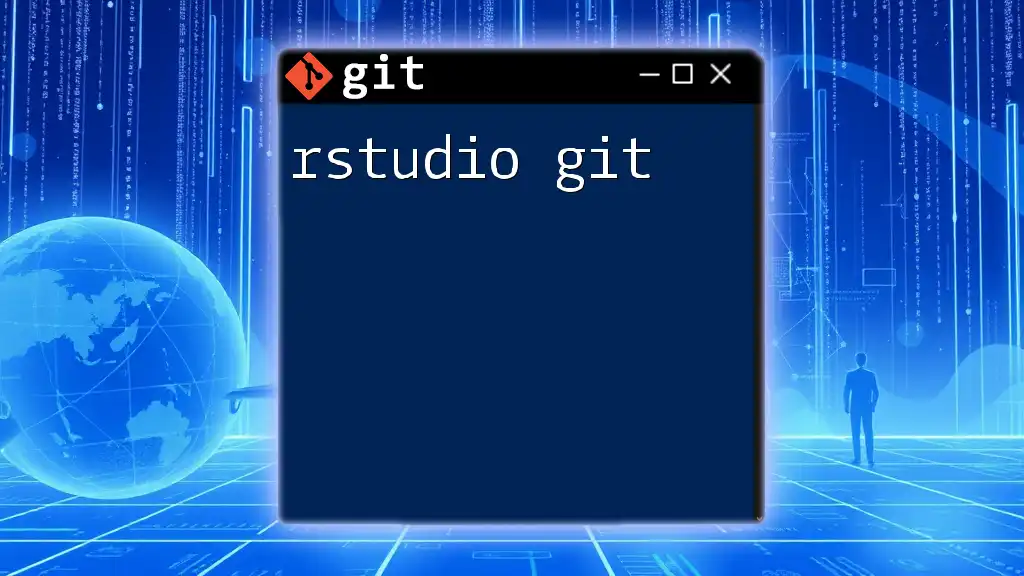
Tips for Mastering Git GUIs
Best Practices for Using Git GUIs
To maximize efficiency while using a Git GUI, consider the following best practices:
- Organize commits by committing frequently, ensuring each commit represents a logical change to the project.
- Use descriptive commit messages to help future contributors understand the purpose of each commit.
Resources for Further Learning
As you grow more comfortable with using a Git GUI, be sure to explore additional resources. Consider checking out online tutorials, forums, or the official documentation for your chosen GUI. Community engagement, such as contributing to open-source projects on GitHub, can also help solidify your skills.
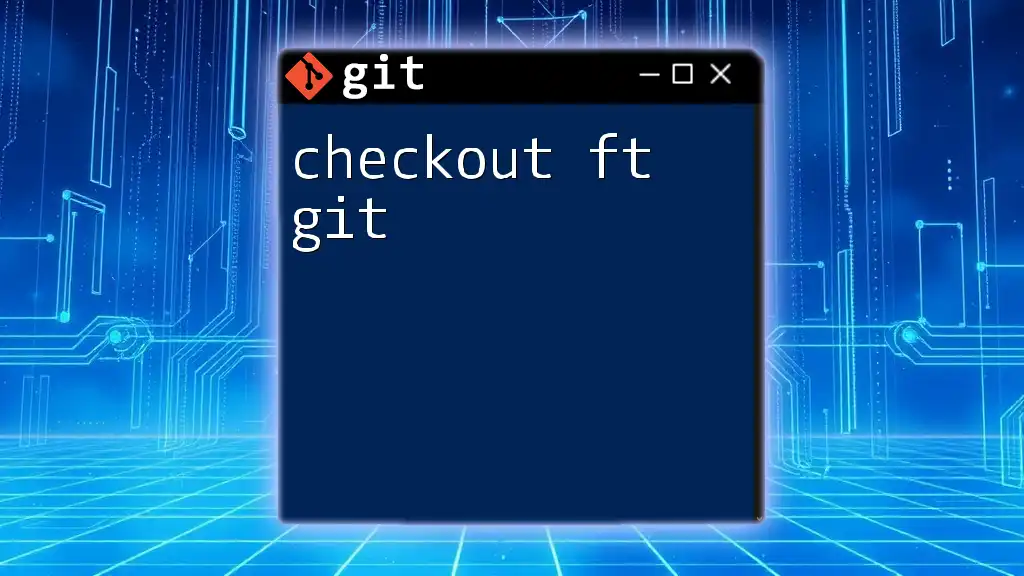
Conclusion
Using a Git UI can significantly enhance your version control experience, making Git more approachable and less intimidating. With various GUI clients available to suit different preferences, it's worthwhile to experiment and find the one that fits your workflow best.
Get started with a Git GUI, and explore the features that will help you become a more efficient and effective developer!
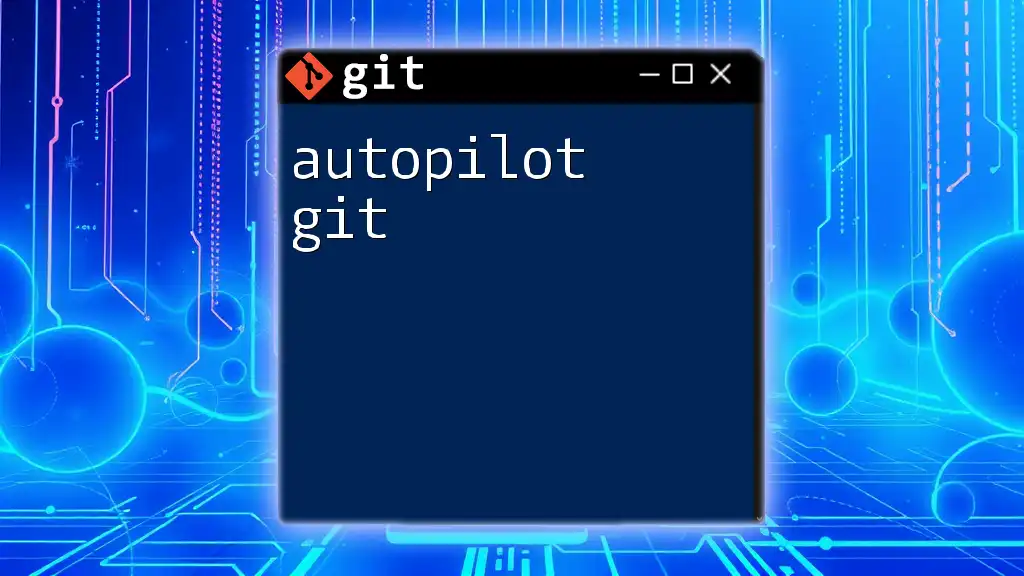
Call to Action
Stay updated with the latest Git tutorials and tips by subscribing to our newsletter. If you're looking for more personalized guidance, connect with us for training sessions that dive deep into Git commands and workflows.

